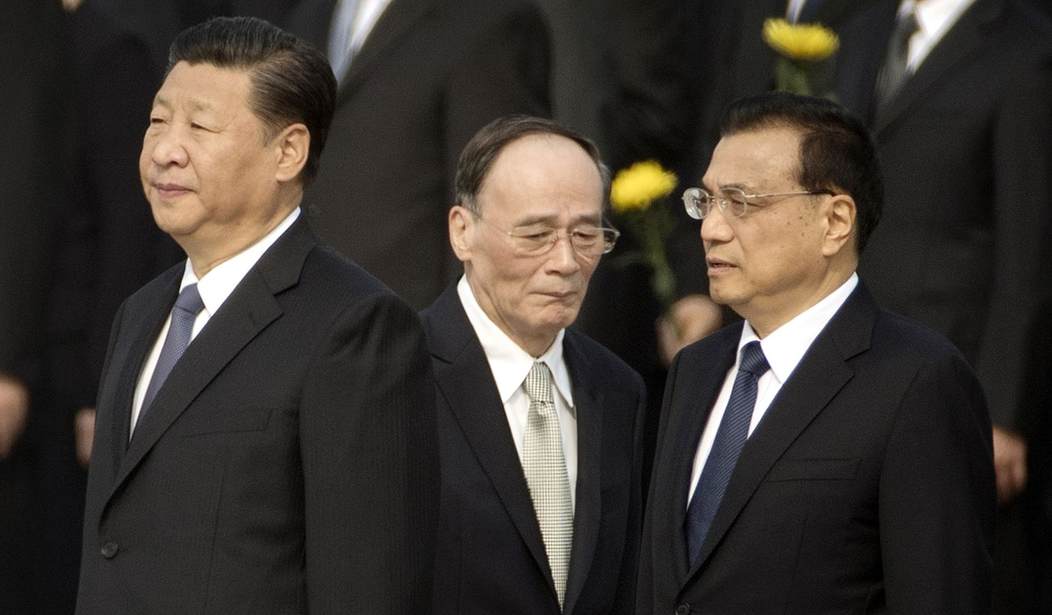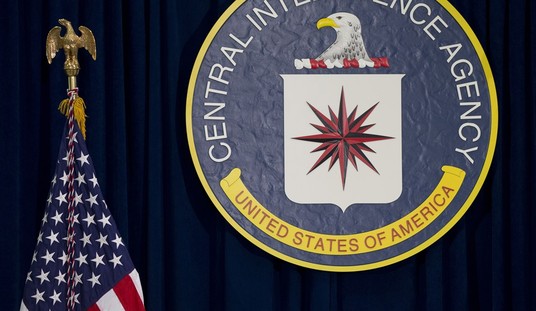Think of it as a revived Silk Road, Chinese President Xi Jinping said in 2013 when he announced China would proudly sponsor a multi-decade international commercial and infrastructure development project -- notionally running from China through Central Asia and connecting to points beyond. Yes, a benign Silk Road where all prosper. The project would have a maritime development component as well.
India, however, was immediately suspicious. China and India are rival powers, militarily and economically. They have unresolved territorial disputes in the Himalayas that occasionally involve gunfire between their armies.
Indian military planners, however, saw more threatening scenarios. China is an ally of India's foremost enemy, Pakistan. Highways and railroads serve commercial purposes -- like shipping silk -- but they are military assets. China might use improved highway and rail links in Central Asia to quickly deploy Chinese military forces in Pakistan. China's illegal artificial island-building campaign in the South China Sea is a maritime development project encroaching on other nations' sovereignty
In 2018, we know a lot more about China's Belt and Road Initiative. The BRI has an expanded official name, one adorned with silk: "The Silk Road Economic Belt and the 21st century Maritime Silk Road."
Yes, land and sea. The land component, which Beijing refers to as simply "the Belt," consists of highways, railroads, pipelines and other infrastructure projects built within a very broad Central Asian corridor and connecting to Europe, Southwest Asia and the eastern Mediterranean littoral. The BRI's Maritime Silk Road links China by sea to Africa and southwest Asia and, via the Suez Canal, Europe. On the BRI's sea leg, China will help build seaports, improve old ports and port facilities and improve the ports' regional land transportation infrastructure.
Recommended
China is interested in developing a sea shipping route through the Arctic Sea to connect China to Europe. The Road might reach Norway's ice-free port at Kirkenes.
The BRI will be completed by 2049, the 100th anniversary of the Communist takeover of China.
BRI benefits don't stop with building big things. Cash-rich China promises to invest in nations that participate in Belt land and Road sea projects. What developing country could turn down this no-strings-attached offer?
India suggests potential BRI participants unwrap the silk camouflage and carefully consider a Chinese Road project where Beijing is pouring concrete, the deep-water port of Gawdar in Pakistan's Baluchistan province (which borders Iran). China is building a huge navy. Gawdar is a perfect base for China's blue water fleet -- an Indian Ocean Chinese base challenging the Indian Navy.
Nevertheless, India sees some projects as potentially beneficial and has signed a BRI Memorandum of Understanding with China
Xi is trying to allay suspicion. In April, at a BRI conference held in the Chinese city of Boao Xi said the BRI is "...neither the Marshall Plan after World War II nor a Chinese conspiracy." The BRI "may be China's idea, but its opportunities and outcomes are going to benefit the world."
However, Xi has not convinced analysts at the Washington, DC-based Center for Advanced Defense Studies that the BRI is benevolent. In 2017 two CADS analysts published a paper title "Harbored Ambition," which examined 15 Chinese-funded seaport projects. They concluded "Chinese (project) analysts unofficially discussing port investments routinely prioritize China's national security interests over the objective of mutually beneficial economic development, contradicting the position of official policy documents."
Many BRI projects are expensive and not economically viable for private construction firms, so they are built by Chinese state-owned companies.
How much will the BRI cost? No one knows; two to three trillion dollars is the rumored estimate, but it is unclear if even the three-trillion figure accounts for Chinese state subsidies. Should China insist on providing Chinese "security assistance units" to protect construction operations in dangerous areas, some countries might see that as violating their sovereignty.

























Join the conversation as a VIP Member